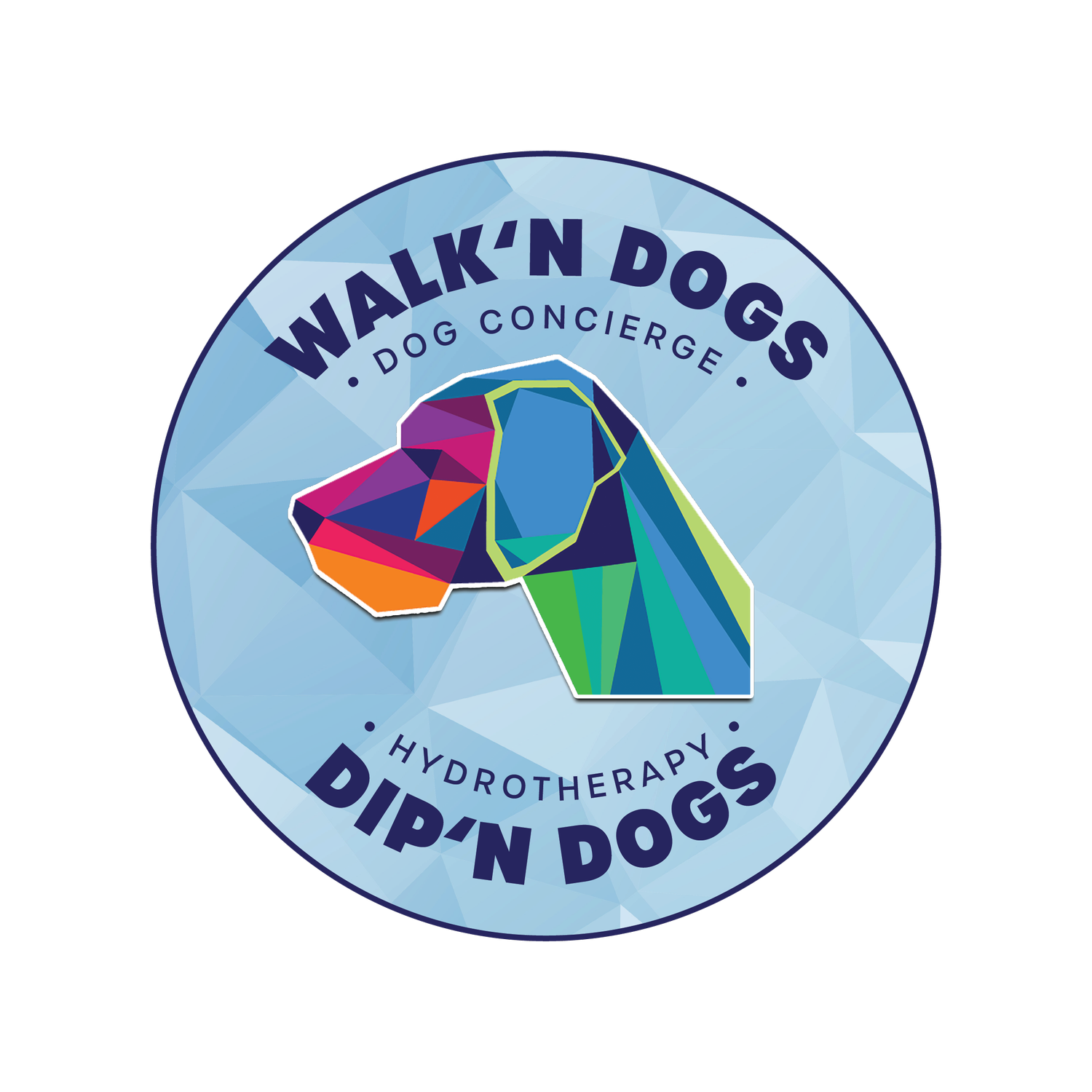Total Hip Replacement in Dogs
Osteoarthritis from Canine Hip Dysplasia. What does this mean?
Canine hip dysplasia is a developmental disorder in which the hip joint is abnormally shaped. Because of the altered biomechanics of the hip joint, osteoarthritis develops early, causing significant pain and disability.
What does the total Hip Replacement surgery involve?
The hip joint is a ball and socket joint. The ball is at the top of the thigh bone (femur), and the socket (acetabulum) is in the pelvis. Total hip replacement surgery removes and replaces both the ball and socket with prostheses. Most canine hip replacement prostheses have a metal ball at the top of the femur that fits into a dense plastic socket. The prostheses are generally held in place using special bone cement. Some surgeons place hip prostheses that use no bone cement. These are referred to as ‘cement-less’ implants. At the moment, there appears to be no distinct advantage between cemented versus cement-less implants for the total hip replacement.
How do I know if my dog is a good candidate for the surgery?
They need to be in good overall health with no other bone disease, nerve disease, or other serious medical conditions. Their skeleton must be mature so they must be finished growing. This typically occurs between 9 and 12 months of age, sometimes later in giant breed dogs. However, total hip replacement can be performed in younger dogs when their dysplasia is too severe to wait. A board-certified veterinary surgeon will be able to evaluate your dog clinically, evaluate her X-rays, and her hip function in order to guide your decision making.
Pre and Post-Op Care
Most commonly, dogs having a total hip replacement will have a thorough examination and a blood screening profile to prepare for general anesthesia. If they are cleared for surgery, they will spend 3 to 5 days in the hospital after the surgery to get their healing off to a good start. Approximately 90 - 95% of dogs who have a total hip replacement do very well and end up with excellent function. All surgery carries an element of risk, but your dog's surgeon will do everything possible to prevent any problems. Hip dislocation, loosening implants, infection, and nerve damage are uncommon complications that can usually be successfully treated.
Once your dog is released from the hospital it is critical to ensure that they leave their incision alone to prevent infection and speed healing. Stitches or staples will be removed in 10 to 14 days. Comprehensive pain management is also critical to get healing off to a good start. Your veterinarian can answer your questions about what's best for your dog.
Canine Rehabilitation and Therapy
Physical rehabilitation with a credentialed canine rehabilitation practitioner should begin shortly after surgery. Strict activity restriction at home, along with crate confinement when she is unsupervised are very important. The rehabilitation practitioner will guide you about gradually increasing your dog's activities as healing progresses. Most dogs are ready for full activity within 3 months.
Approximately 80% of dogs with osteoarthritis in both hips only require one total hip replacement in order to enjoy good comfort and function. Your veterinarian and the veterinary surgeon will work with you to determine which hip should be operated on first, and then to decide if the second hip needs to be replaced as well.
How Can Hydrotherapy Help?
Hydrotherapy helps with dogs who have a total hip replacement by using the controlled aquatic exercise to build weakened muscle in the hind legs without having to put any pressure on them. It encourages joint mobility, endurance and cardiovascular fitness that maintains the health of the cartilage around the joints. Consistent, gentle and regular swimming is key in managing hip dysplasia along with natural supplements and if needed, medication. Water therapy has been proven to be the most successful therapy in helping dogs with almost any degenerative disease, especially those that occur in the hips, joints, and legs and here are some examples of what to expect:
Increased muscle mass
Increased muscle strength
Increased range of joint movement
Improved quality of life and fitness
Decreased pain
Decreased inflammation
Relaxed muscles
Reduced frustration in dogs who cannot exercise
Slowed progression in disease
Overall feeling of well-being and comfort
About Dip’ n Dogs Hydrotherapy – Orlando, FL
At Dip’n Dogs Hydrotherapy, we are certified and caring professionals devoted to restoring and enhancing the health and happiness of your beloved pup. Encompassing a pool, as well as a certified hydrotherapist, this can provide effective and long lasting results for your pet’s injury or illness.

